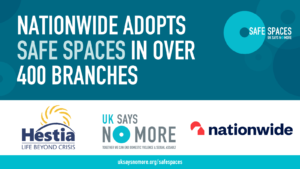Coercive behaviour is a continuing act or a pattern of acts of assault, threats, humiliation and intimidation or other abuse that is used to harm, punish, or frighten their victim.
At times it is easier to recognise and understand other forms of domestic abuse but Controlling Behaviour and Coercive Control is often more difficult to recognise – this is objective of the abuser
The types of behaviour associated with coercive control on their own may or may not have constituted a criminal offence before December 2015.
The introduction of the new criminal offence ‘Controlling or Coercive Behaviour’, (The Serious Crime Act 2015) on the 29th December 2015, has meant that behaviours associated with coercion and control, the pattern of these behaviours and the impact that this behaviour has on a victim is now considered a criminal offence.
Types of behaviour associated with coercion and/or control:
- Isolating a person from their friends and family
- Depriving them of their basic needs
- Preventing a person from having access to transport or from working
- Monitoring a person via online communication tools or using spyware
- Taking control over aspects of their everyday life, such as where they can go, who they can see, what to wear and when they can sleep
- Depriving them of access to support services, such as specialist support or medical services
- Repeatedly putting them down such as telling them they are worthless
- Enforcing rules and activity which humiliate, degrade or dehumanise them
Forcing them to take part in criminal activity such as shoplifting, neglect or abuse of children to encourage self-blame and prevent disclosure to authorities - Financial abuse including control of finances, such as only allowing a person a punitive allowance
- Threats to hurt or kill
- Threats to a child
- Threats to reveal or publish private information (e.g. threatening to ‘out’ someone)
Assault, rape
Criminal damage (such as destruction of household goods).


